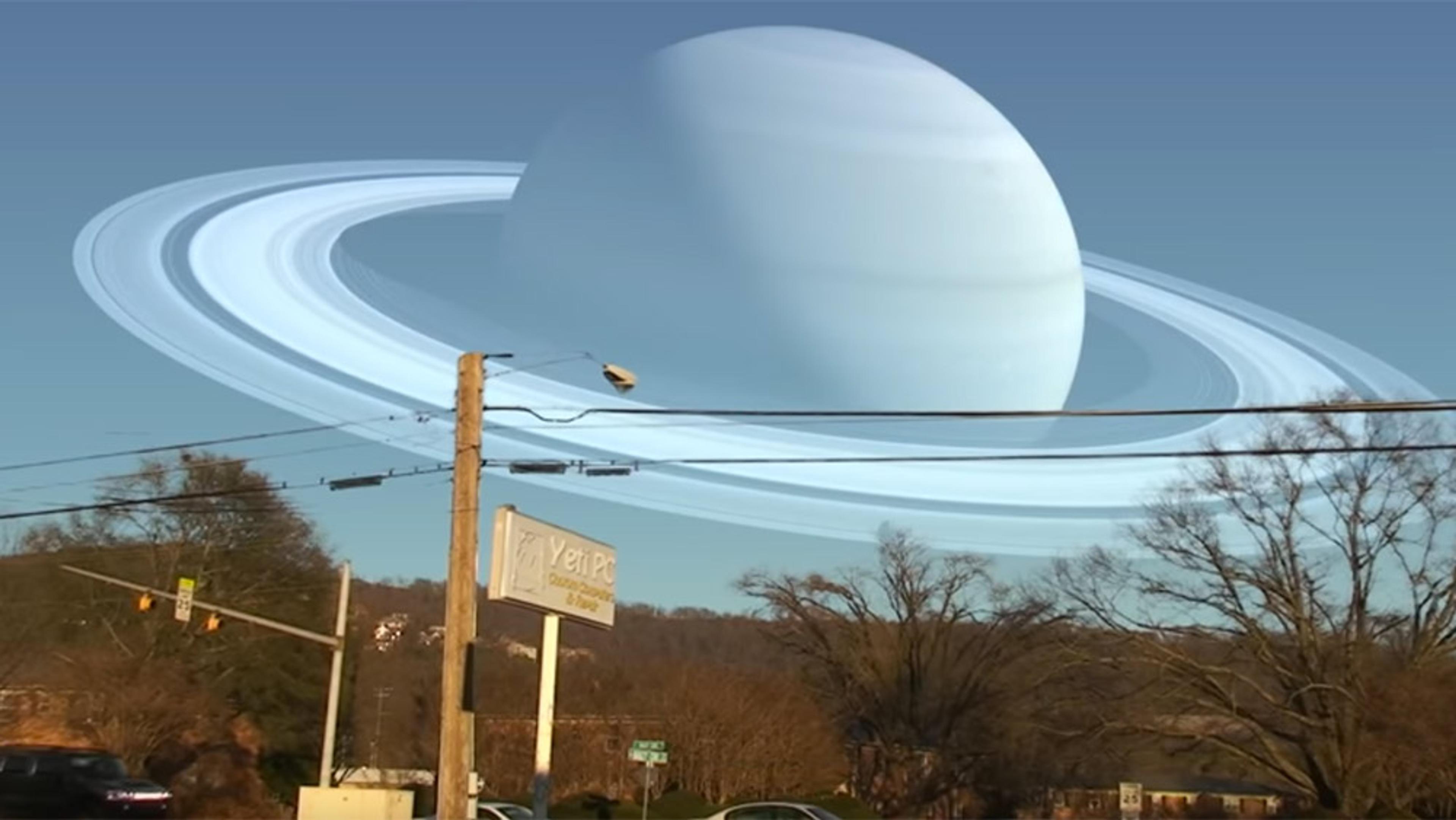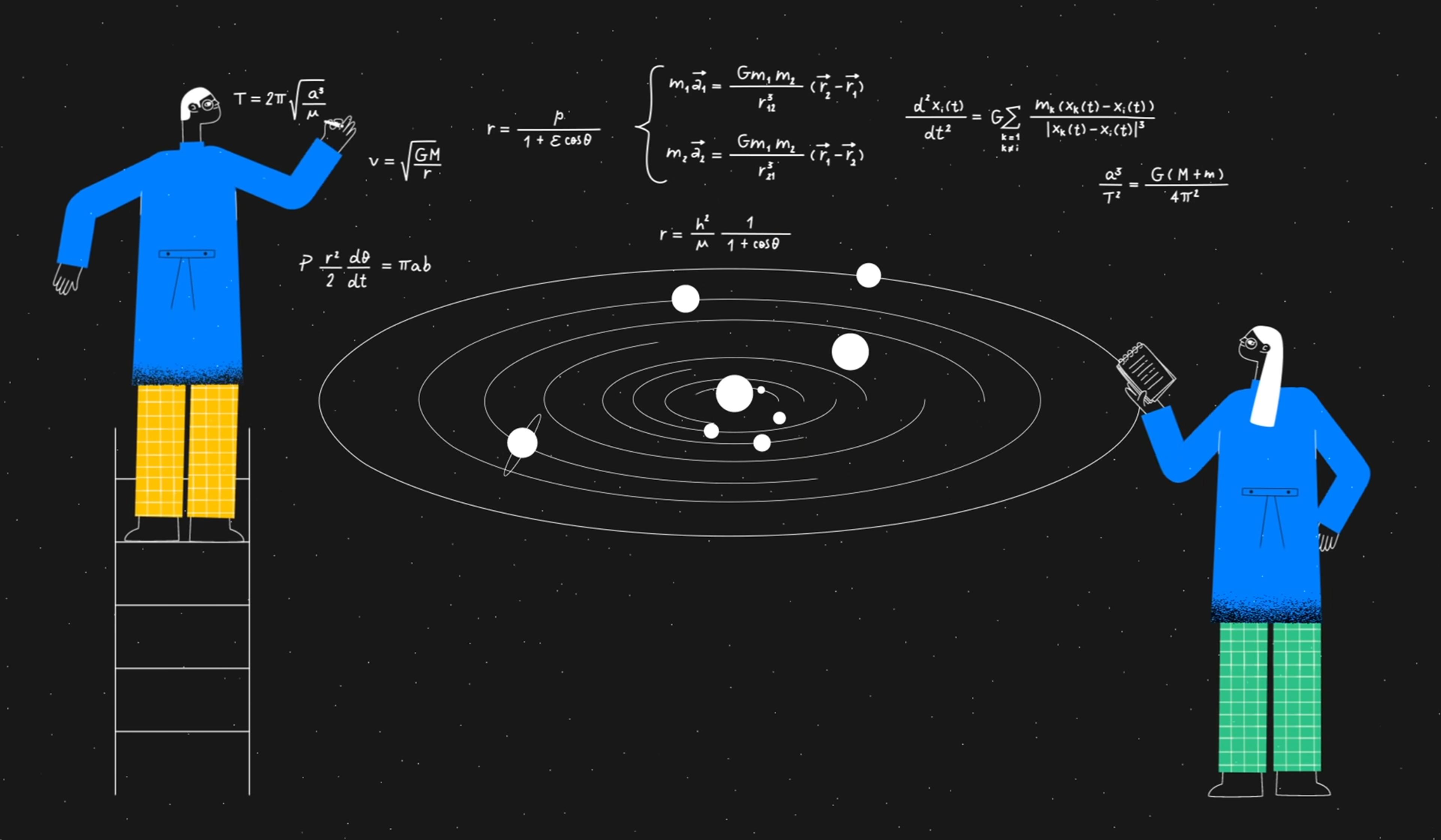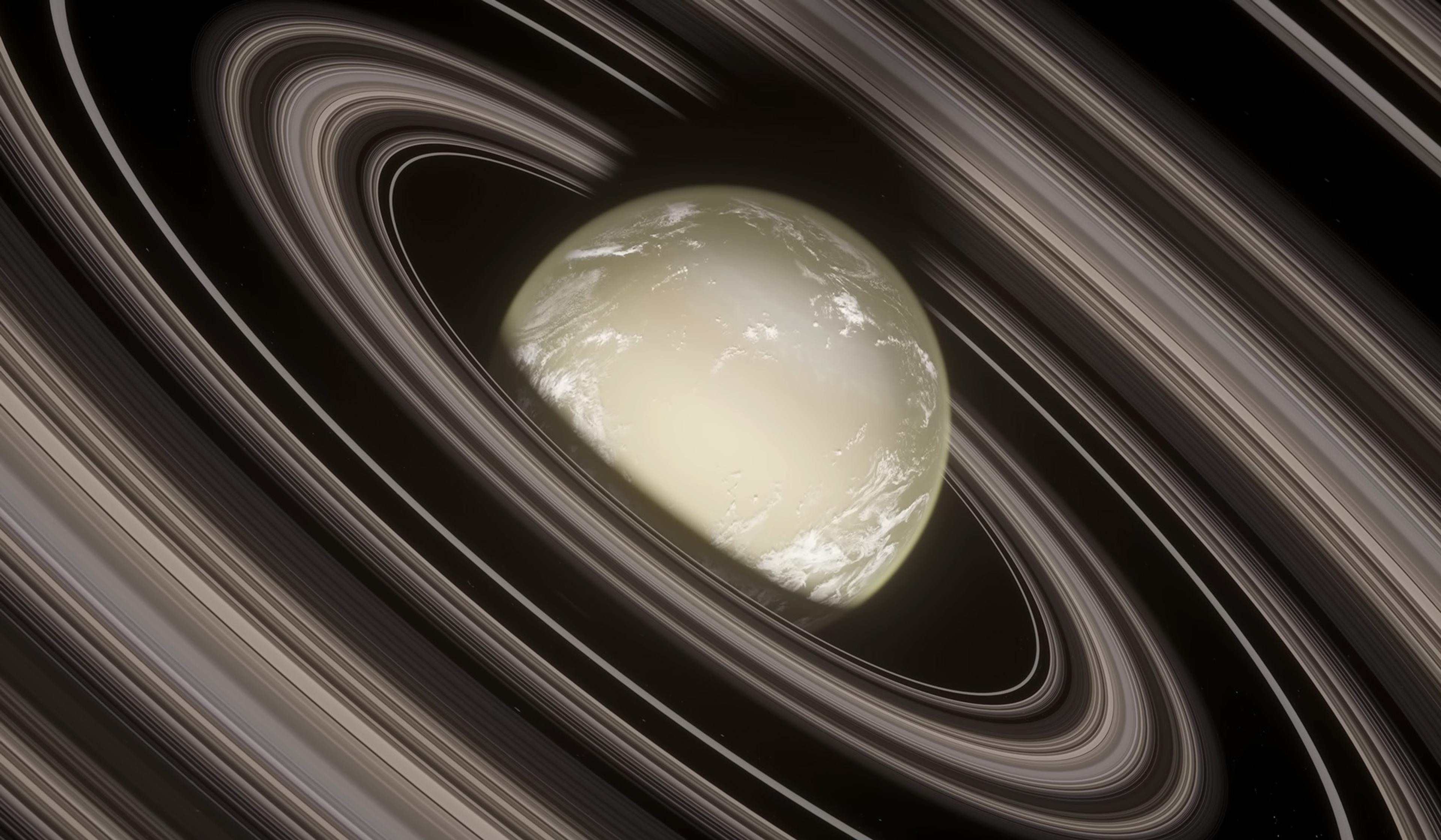Picture Jupiter’s moons orbiting the planet. Do you see small dots bouncing back and forth in straight lines as if bound to Jupiter by springs, as Galileo once did? Or an overhead view of small bodies circling the planet in elliptical orbits? Or maybe you see Jupiter and its moons in helical motion, each body careening through space and time on its own set path? None of these models is false – each one presents a truth about reality. But as this short animation from MinutePhysics demonstrates, the models that we embrace significantly shape our perspective, and can lead us to neglect other, equally valid representations of reality.
Models are always imperfect, and the ones we choose greatly shape our experience
Video by MinutePhysics

videoAstronomy
Close encounters of a different kind – what if Venus, Neptune or Saturn hovered close by?
2 minutes

videoPhysics
To change the way you see the Moon, view it from the Sun’s perspective
5 minutes

videoPhysics
A millimetre makes a world of difference when calculating planetary trajectories
6 minutes

videoPhysics
Imagining spacetime as a visible grid is an extraordinary journey into the unseen
12 minutes

videoAstronomy
Visualisations explore what the deep future holds for our night sky
6 minutes

videoQuantum theory
Why aren’t our everyday lives as ‘spooky’ as the quantum world?
7 minutes

videoMetaphysics
To see the Universe more clearly, think in terms of processes, not objects
6 minutes

videoSpace exploration
Burning ice, metal clouds, gemstone rain – tour the strangest known exoplanets
31 minutes

videoPhysics
Why the apparent flatness of space is an enduring cosmological mystery
4 minutes